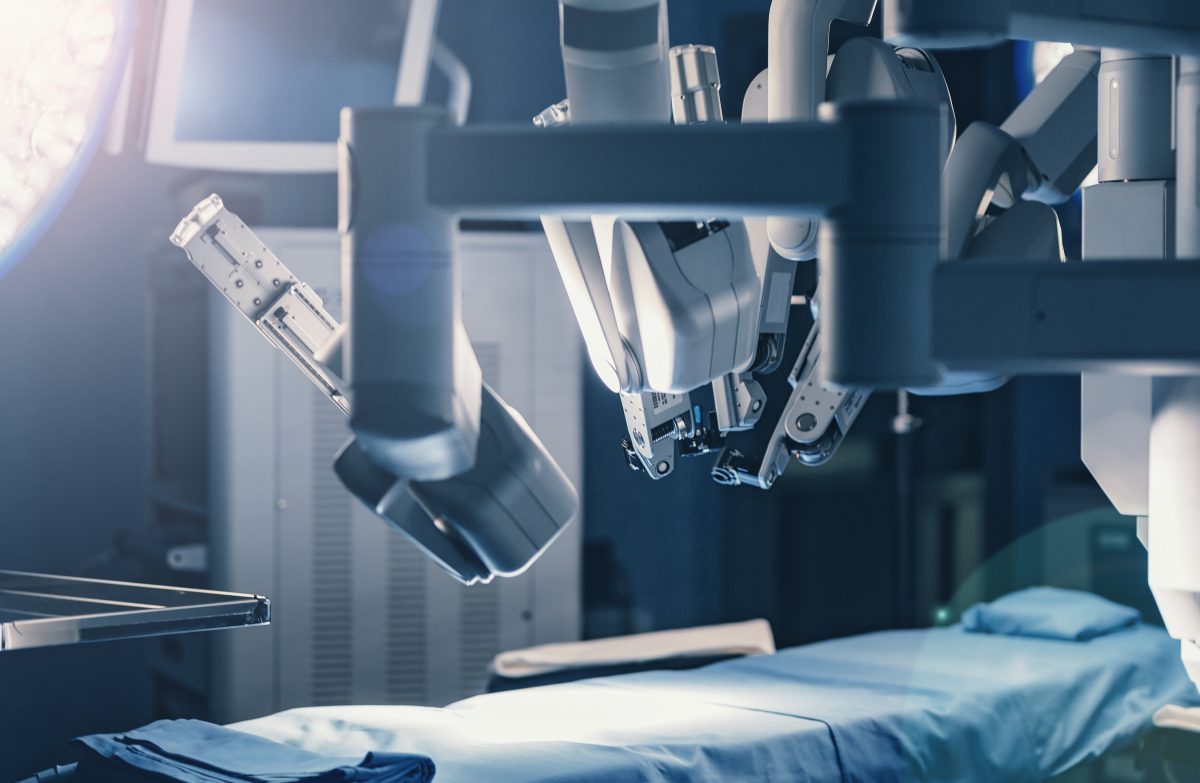Channeling Information With medical simulators, Patient Apps, and Wearables
– Patient apps can increase patient satisfaction
– Wearables provide objective data before and after surgery
– Surgery simulators and smart implants can process information and automatically adjust
Patient data from perioperative care is revolutionizing orthopedics beyond the walls of the operating room.
Patient apps, activity sensor wearables, and in vivo implant sensors can all channel information between surgeons and patients to enhance orthopedic care.
Surgeons can incorporate patient apps for patient preoperative education.
Orthopedics is a visual field and surgeons rely on poster drawings, physical models, and animations to help explain injuries and procedures to their patients. Integrating technology brings new types of resources to patients. Some mobile apps bring the patient on a virtual tour of the bone with labels for specific anatomy. With other patient specific apps, surgeons can draw over uploaded patient photos or radiology images.
These apps also provide simple answers to frequently asked medical questions specific to their arthritis, fracture, dislocation, implant, procedure, and recovery plan. This level of customized education is more conducive to realistic patient expectations of achievable activity levels, which in turn helps increase patient satisfaction post-surgery.
Patient apps and online patient portals also flow patient information back to their surgeons through surveys.
Preoperatively, patients can fill out daily activity and injury questionnaires. Patients can keep journals throughout their care, specifically daily pain and opioid consumption journals. They can access their data, track their progress and postoperative satisfaction, opting to send this outcomes information back to the physician’s office. The apps can also send automated reminders for rehab protocols, home exercise plans, and self-assessments.
These advanced recovery apps give better insight into negative outcomes by putting numbers behind patient reported outcome measures. Outcomes tracking in real-time, rather than at follow-up appointments, gives an opportunity for early intervention for patients. The algorithm can flag certain patients who are having problems recovering according to how their data compares to population trends.
While self-reported data can be useful, more objective patient data can be gathered from activity sensors.
Wearable devices are increasing popular since the release of consumer electronics like the Fitbit and the Apple Watch. Patients can view their own fitness and health analytics – step count, heart rate, sleep time. This can help manage expectations of activity levels throughout their surgical care. Some medical grade wearables can be worn prior to surgery to track a patient’s gait pattern and gait mechanics to help achieve natural post-operative movement.
In vivo implant sensors not only monitor but respond to patient symptoms.
These advanced biocompatible sensors are part of valuable research protocols for at-risk patients. Sometimes called smart implants or intelligent implants, these devices run on an active loop to self adjust to changes. The first step is symptom detection by vital signs (heart rate, breath, temperature) and specific kinematics (acceleration, gyroscopic motion, weight load, force or strain). The second step is the device communicating or taking action.
For prosthetics, exceeding a recommended load limit will trigger a beeper, letting the patient know they need to limit adjust their stance. After a spinal fusion, strain sensors can detect asymmetry by comparing left versus right rod strains. Other magnetic sensors can detect abnormal forces to diagnose improper device position that may lead to poor bone ingrowth, infection, or long term wear.



